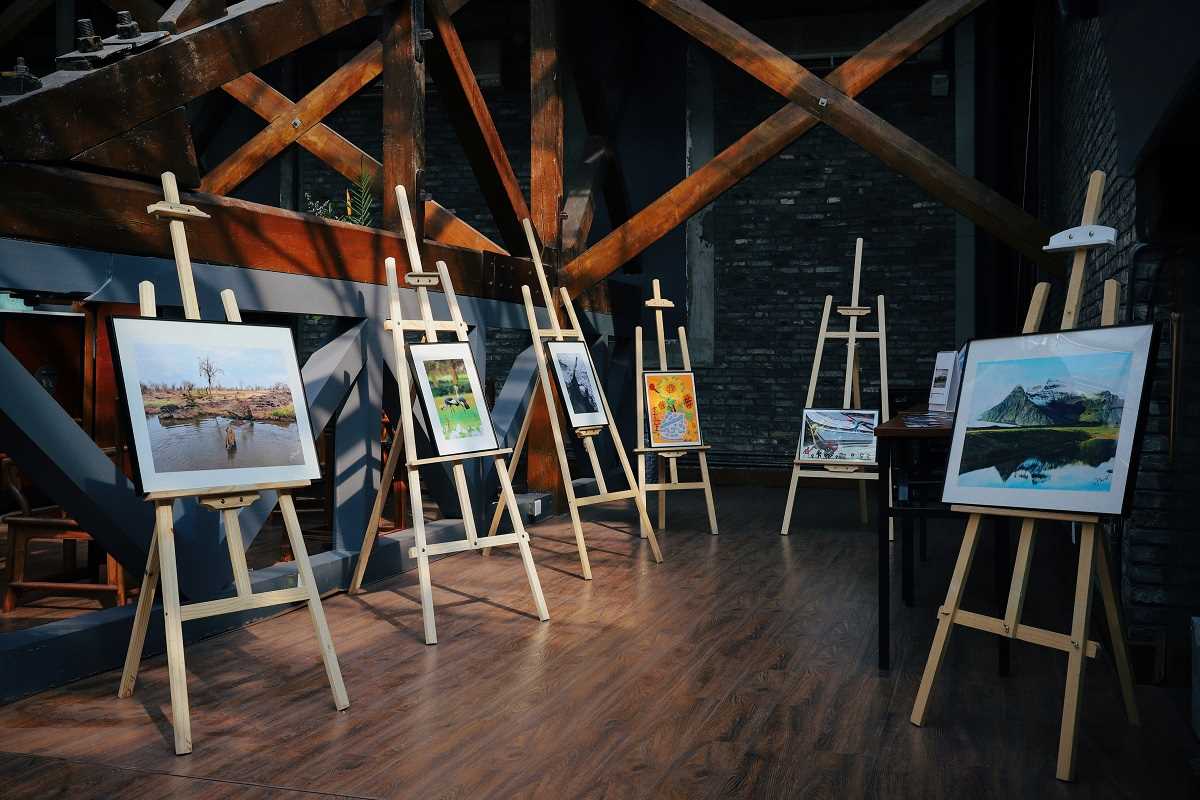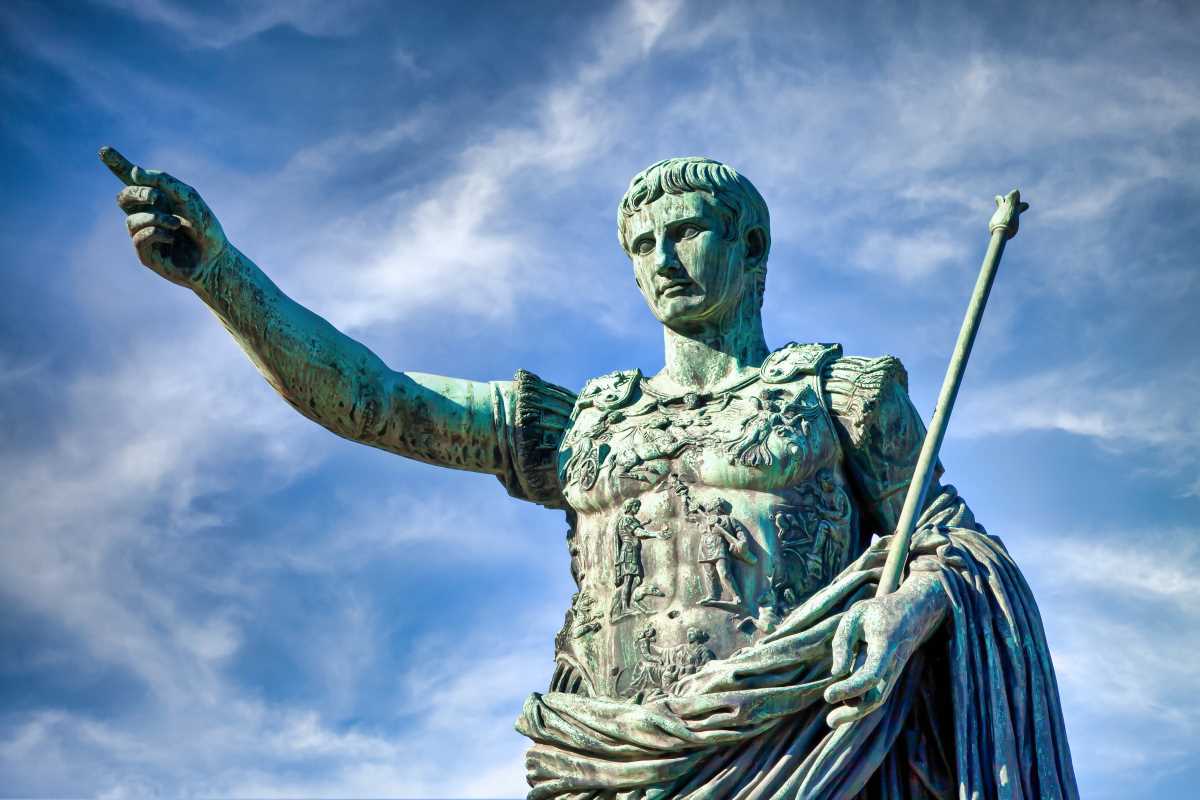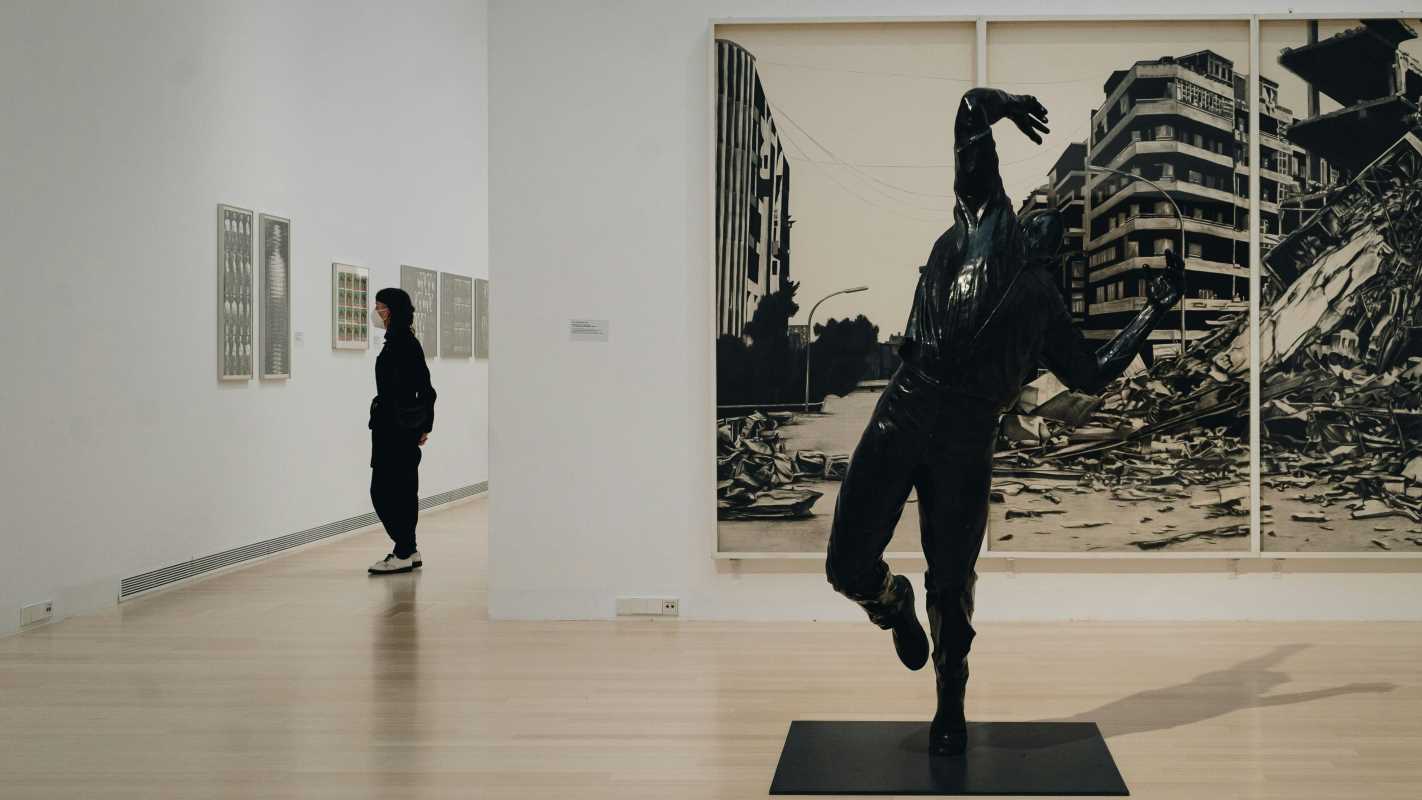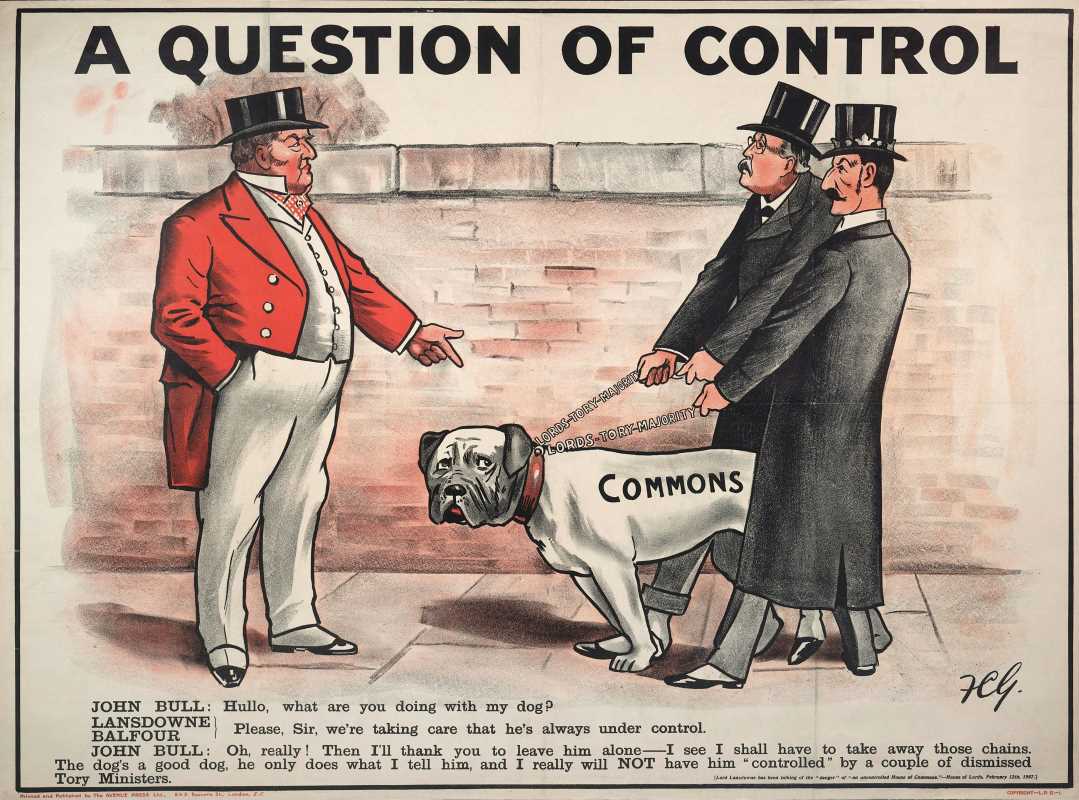Public art has a remarkable power to make statements, spark conversations, and create connections within communities. Unlike works confined to galleries or museums, public art exists where anyone can see it.
Over time, artists have used these open spaces to address systemic inequalities, calling into focus the glaring disparities in race, gender, socioeconomic class, and other intersecting identities. Public art does more than decorate; it demands attention, provokes thought, and inspires change. Through imaginative, bold, and sometimes controversial projects, these artistic expressions expose injustice while urging society toward action.
Art as a Mirror for Society
Public art often holds up a mirror to the society in which it is created, reflecting collective concerns about inequality and historical injustices. Many projects respond to societal challenges by placing poignant messages in locations where they cannot be ignored.
Take Maya Lin’s Vietnam Veterans Memorial in Washington, D.C. Though ostensibly a commemoration of lives lost in war, the memorial also quietly critiques the systems that send individuals to die in conflicts often linked to political agendas and inequalities. By listing names without hierarchy or rank, Lin emphasized a human cost that transcended power structures, reminding passersby of the shared burden borne by the voiceless.
Closer to contemporary concerns, Suzanne Lacy’s Between the Door and the Street transformed stoops in Brooklyn, New York, into stages for feminist conversations about inequality. Dozens of diverse women sat publicly discussing everything from labor rights to reproductive injustice, turning the everyday city street into a living tableau of activism.
The symbolic power of public art lies in its visibility. Whether discreetly contemplative or unapologetically bold, these projects create shared experiences in spaces inhabited by all, ensuring that issues of inequality are brought into public consciousness.
Murals and Messages of Solidarity
Murals are one of the most effective forms of public art in addressing systemic inequality, thanks to their accessibility and ability to connect culture with activism. By situating important messages directly on everyday walls, they ensure that ideas of justice and resistance are unavoidable.
The Black Lives Matter mural painted across streets in Washington, D.C., following the 2020 murder of George Floyd, became an iconic symbol of protest against systemic racism. Spanning two blocks, the bright yellow letters were visible even in aerial photographs, underlining the urgency of addressing police brutality and racial inequality. This mural was soon replicated in cities throughout the United States, transforming streets into platforms for resistance and a visual declaration of solidarity.
Other muralists have tackled inequality with deeply cultural roots. Mexican artist Claudia Leyva’s murals in Oaxaca celebrate the resilience of indigenous women living under the weight of economic and gender-based oppression. Combining traditional motifs with modern activism, Leyva’s work speaks to centuries-old inequities while demanding their redress in the present day.
Through their sheer scale and community-driven nature, murals cultivate a sense of empowerment by reminding people that their struggles are worthy of visibility and recognition.
Memorials and Historical Reckonings
Memorials, while typically associated with honoring the past, often serve as provocative reminders of how societal inequalities have shaped history. Some take this a step further, actively challenging the status quo by revisiting overlooked narratives.
The Equal Justice Initiative’s National Memorial for Peace and Justice in Montgomery, Alabama, stands as one such example. This installation memorializes victims of lynching across the United States, highlighting the enduring legacy of racial violence. The haunting rows of suspended columns representing each county where lynchings occurred physically confront visitors with the weight of centuries of systemic oppression. Not only does the memorial educate, but it also calls for sustained accountability and reflection on today’s racial injustices.
Counter-monuments, in particular, are becoming prominent in response to contested histories. Kara Walker’s massive sculpture A Subtlety, created in an abandoned sugar factory, examined the dual histories of labor exploitation and racial inequality tied to the sugar trade. Towering over visitors, the piece reimagined African American women’s historical roles, subverting traditional narratives while pointing out the ongoing legacies of capitalism’s injustices.
Although these works begin as grappling with the past, their goal is inherently forward-facing, offering lessons for today by re-examining systemic patterns that persist.
Interactive Spaces of Advocacy
Some public art projects go beyond merely being observed; they invite participation, making the audience an active agent in the work. These interactive forms highlight that systemic inequality cannot be passively dismantled but requires collective engagement.
One notable example is Candy Chang’s global installation Before I Die. The participatory project invites individuals to reflect on and write their hopes for the future on a public chalkboard. While the work may seem introspective at first glance, in cities grappling with inequality, the messages became sharply political. The prompt drew attention to disparities in systemic opportunity, asking why some individuals achieve their dreams while others are denied fundamental rights.
Elsewhere, in South Africa, the Red Location Cultural Precinct by architect Joe Noero provides a space for art that directly addresses the apartheid legacy. Situated in a once-segregated township, the precinct uses workshops, film screenings, and exhibitions to nurture local stories of resilience while critiquing persistent inequalities in housing and education.
Interactive public art often bridges the gap between community-led action and artistic commentary. By empowering the public to add their voice, they make inequality’s effects deeply personal for participants and onlookers alike.
Collective Imagination and the Future
Public art addressing systemic inequality doesn’t just expose problems; it builds visions for a more just future. Artists are increasingly exploring ways to break down visible and invisible barriers, fostering collaboration, inclusivity, and hope.
One ambitious international project, Inside Out, spearheaded by artist JR, uses massive photographic portraits submitted by individuals worldwide. The portraits are then displayed in public spaces, celebrating faces often overlooked by traditional media narratives. This project has addressed systemic inequalities in diverse locales, from highlighting LGBTQ+ rights in Brazil to drawing attention to issues faced by migrants in refugee camps.
Similarly, public art initiatives tied to urban greening projects focus on creating equal access to beauty and nature. A standout example is Agnes Denes’ Tree Mountain. Planted in Finland, her piece consists of 11,000 trees arranged in the design of a mathematical spiral, symbolizing humanity’s role in harmonious restoration. Situated in a former gravel pit, the project answered both environmental and social calls for fairness in resource distribution.
These works, which imagine brighter futures while confronting existing disparities, remind communities that public art is not merely about critique but about mobilizing ideas and hope for generations ahead.
Art for Justice, Art for All
Public art has often filled the void left by systemic inequities, reshaping spaces to highlight the voices and struggles of marginalized groups. Murals, memorials, sculptural interventions, and interactive installations are not just expressions of creativity but rallying cries for awareness, activism, and empathy. Most importantly, they underscore that systemic inequality does not exist in a vacuum; it persists because of historical legacies and modern complacency.
By addressing these issues in public and accessible ways, artists are holding a mirror up to society, forcing us all to confront disparity head-on. This makes public art more than just an outlet for self-expression; it marks the crossroads of accountability and transformation. From the streets covered in murals to plazas filled with monumental sculptures, public art reminds us that change remains possible, but only through collective effort. And in this effort, art becomes both witness and participant in remaking the world.
 (Image via
(Image via.jpg)





